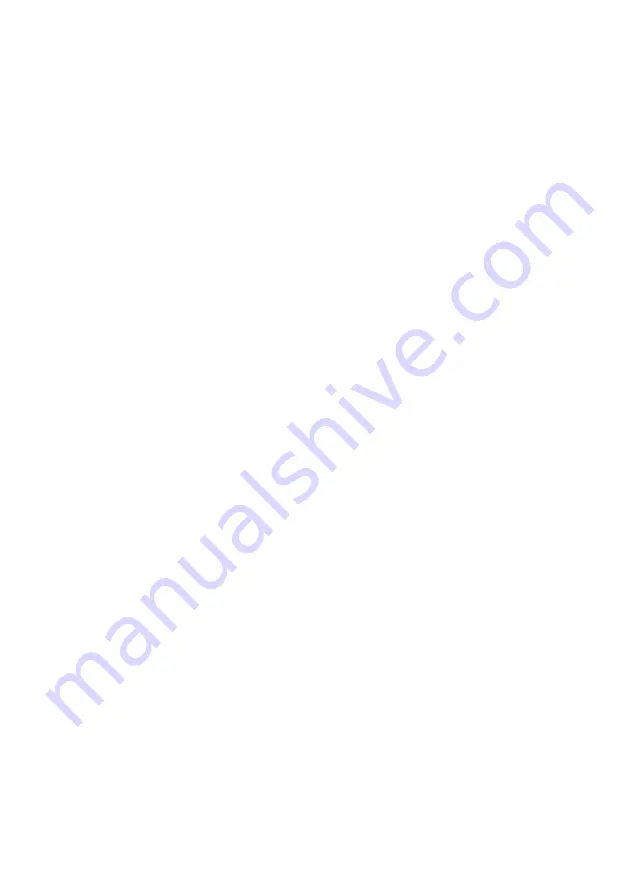
REAR PANEL – CONNECTIONS
POWER 6V/1,5A
– use this jack to connect the power supply which
comes with the unit. Use the adjacent
POWER ON/OFF
switch to turn
SYNTH PRO on and off.
USB PC (type B)
– use this jack to connect SYNTH PRO to a computer
in order to transmit/receive presets and sequences as well a
firmware-updates.
USB KEYS
(type A)
– use this jack to connect a MIDI-keyboard or a
MIDI-controller with an USB output.
MIDI IN
–
this jack serves as input for a MIDI-keyboard resp. MIDI-
controller with standard MIDI-connectors.
MIDI OUT
– this connector sends out MIDI-data from SYNTH PRO.
MIDI THRU
– this connector sends out the MIDI-data being received
at
MIDI IN
.
HEADPHONE OUT
(3.5mm) – use this output to connect a
headphone.
AUDIO OUT
(6.3mm) – this TRS-jack carries the two-channel output
signal. It can be connected to a mixer, an audio-interface or an
amplifier.
21































